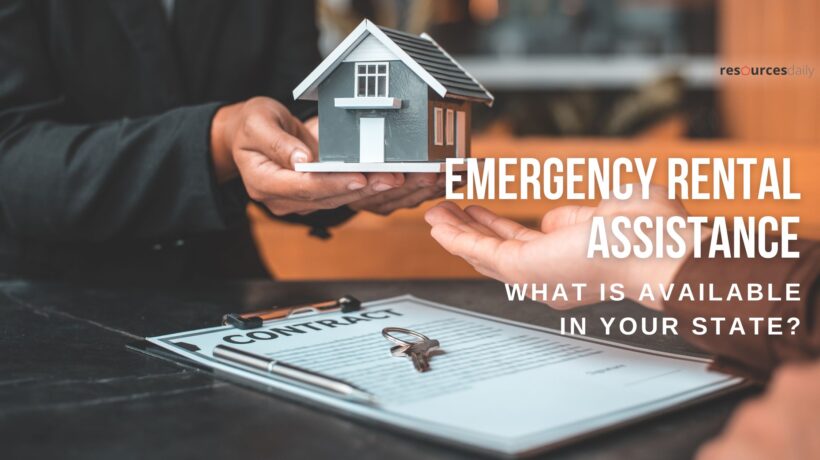Rising rent costs and inflation continue to strain budgets across the U.S. — but for many renters, help still exists.
Through a mix of federal, state, and nonprofit rent relief programs, millions of households can get support covering rent, utilities, or late payments.
This guide walks you through how to qualify, apply, and get approved for rent relief in 2025.
Understanding Rent Relief in 2025
Rent relief programs are designed to prevent eviction and homelessness by providing temporary financial assistance to renters struggling due to income loss, job changes, or emergencies.
These programs may cover:
- 🏠 Past-due rent
- 💡 Utility bills
- 📅 Future rent payments
- 🧾 Security deposits or moving costs (in some cases)
Funding typically comes from the U.S. Department of Housing and Urban Development (HUD) and is distributed by state housing agencies and nonprofit organizations.
💡 Key Insight
The Emergency Rental Assistance Program (ERAP) — first introduced in 2021 — continues to fund new local initiatives in 2025, especially for renters earning below 80% of the area median income (AMI).
Who Qualifies for Rent Relief?
Eligibility varies by state and program, but most require that you:
- 📉 Have experienced income loss or hardship (job loss, medical bills, etc.)
- 💸 Earn below 80% of your area’s median income (varies by ZIP code)
- 🏡 Are at risk of eviction or housing instability
- 🧾 Provide proof of residence and rental agreement
Some programs prioritize certain groups — like veterans, seniors, or families with children.
How to Apply for Rent Relief in 2025
- Check your local housing agency. Start with your city or state housing department website.
- Gather your documents. You’ll need ID, income verification, lease agreement, and proof of hardship.
- Apply online or through an approved partner. Some areas use portals like Neighborly, Yardi, or local nonprofits.
- Wait for verification. Processing times range from 2–8 weeks depending on demand.
Once approved, payments often go directly to your landlord or utility provider.
🏘️ Examples of 2025 Rent Assistance Programs
- California Housing Is Key: Up to $15,000 per household in rental and utility aid
- Texas Rent Relief: Open statewide for 2025 with $96M in available funds
- New York Emergency Rental Assistance: Prioritizes tenants facing eviction notices
- Chicago Renter Stability Program: Offers up to 12 months of back rent coverage
Nonprofit Organizations Offering Rent Relief
Several national and local nonprofits also provide housing support:
- Salvation Army: Emergency rent and utility assistance
- United Way 211: State-by-state listings of rent aid programs
- Catholic Charities: Short-term rental assistance and eviction prevention
- Habitat for Humanity: Home repair and stability programs
These organizations often work directly with landlords and local housing authorities to prevent eviction.
🧭 Application Tips
- ✔️ Apply early — funds are limited and distributed on a first-come, first-served basis.
- ✔️ Double-check income limits and required documents.
- ✔️ Keep copies of your application and receipts.
- ✔️ Follow up with your local housing coordinator if you don’t hear back in 3 weeks.
FAQ: Rent Relief and Housing Support
Q: Can rent relief cover future rent?
A: Yes, many programs cover up to three months of future rent once past-due amounts are settled.
Q: Do landlords have to agree?
A: Usually yes, but some states allow direct payments to tenants if the landlord refuses.
Q: Is rent assistance taxable?
A: No, rent relief is generally considered nontaxable for tenants.
Q: What if I’ve already been evicted?
A: Contact your local legal aid office immediately — many programs still provide relocation assistance.
The Bottom Line
If you’re struggling with rent in 2025, know that you’re not alone — and that help is available.
From federal ERAP extensions to local nonprofits, assistance programs exist to help renters stay housed and financially stable.
The key is acting early, gathering your paperwork, and applying through trusted sources.





